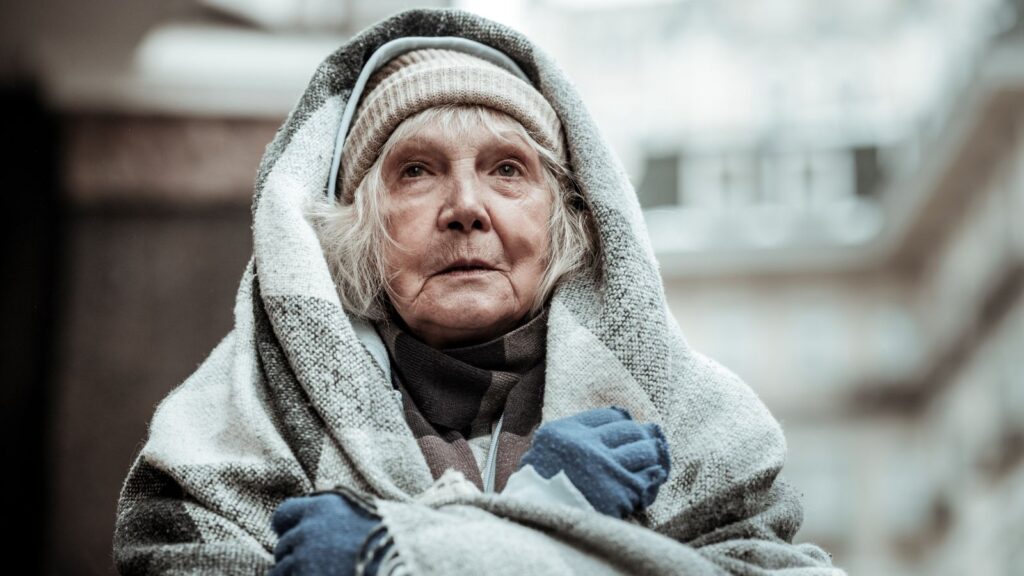Dealing with financial difficulties isn’t easy for anybody, and having a burden like that hanging over someone’s head can make life complicated. There are consistent costs and bills that people need to pay, but fortunately, in the United States, some lifelines are available to those with low income. It makes a massive difference to people’s lives as there are specific bills they don’t have to pay, which takes the pressure off immensely, allowing them to live their lives more comfortably.
Utility Bills
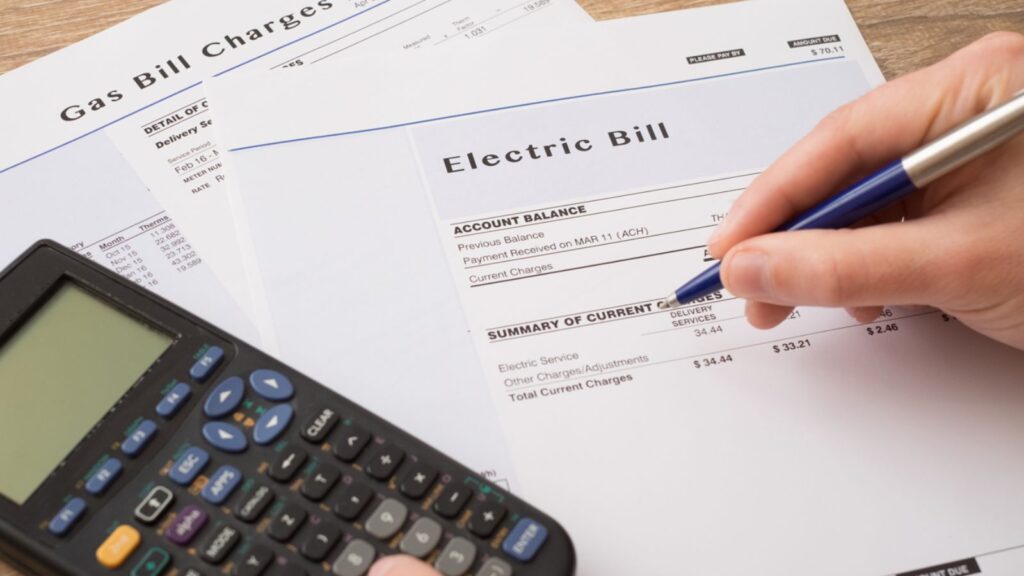
If you’re struggling to keep the lights on, various programs can help. The Low Income Home Energy Assistance Program provides grants for heating and cooling costs. There’s also help to reduce energy bills, all of which can relieve some of the pressure that people with low incomes might feel.
Internet and Phone Bills
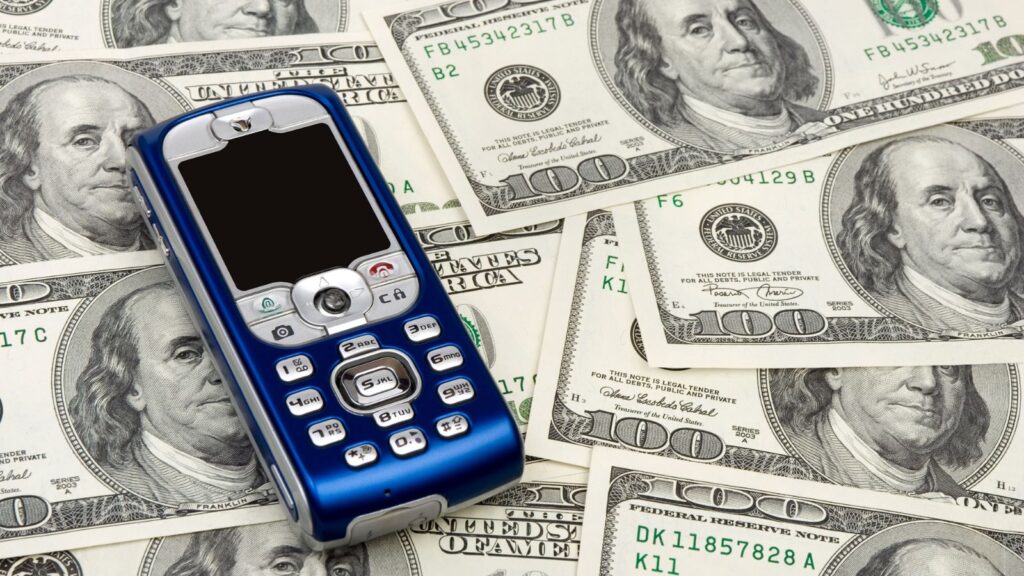
Lifeline offers discounted or even free phone and internet services for eligible low-income households. This can be a game-changer, especially in today’s digitally connected world. Considering how much people rely upon both the internet and their phones, getting financial help with these bills can be crucial for people’s daily lives.
Student Loans

Student loan debt can be a significant burden, but income-driven repayment plans can reduce your monthly payments to zero if your income is low enough. This can relieve you from the stress of hefty monthly expenses while you get back on your feet. Getting these loans is the step many people have to take in a bid to improve their circumstances, so being able to help with that is crucial.
Property Taxes
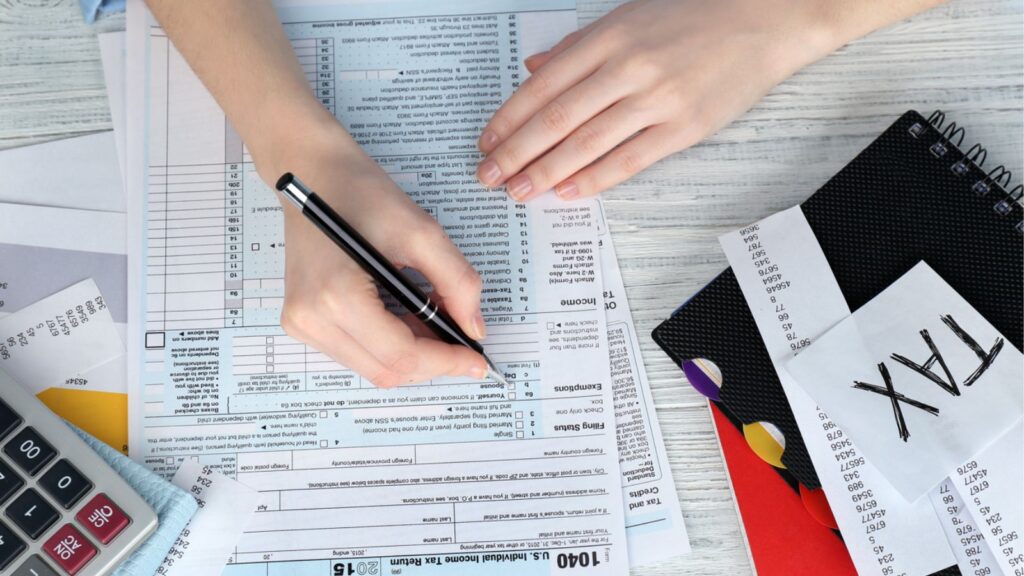
Property tax exemptions are available in many states for low-income homeowners. These can substantially lower or eliminate people’s tax liability, which is ideal for many. People have to contact their state’s Department of Revenue to see what is available, but going out of their way could be financially beneficial in the long run.
Health Insurance

Health insurance is a big problem for many Americans. The costs are so high that many opt to avoid it completely, which can then cause real problems if someone needs medical attention. Fortunately, Medicaid offers free or low-cost health insurance to eligible low-income individuals and families. If your income falls below certain thresholds, you can qualify for this vital support, which can be a difference-maker.
Food Assistance
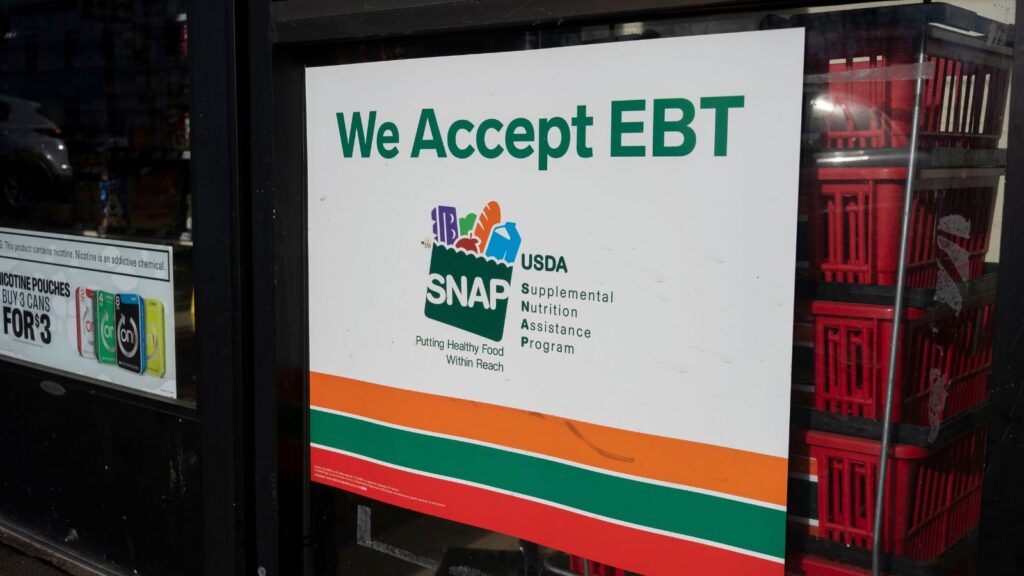
The Supplemental Nutrition Assistance Program (SNAP) helps millions of Americans afford groceries. If people struggle to put food on the table, applying for SNAP benefits can provide much-needed relief. Considering the rising costs of food, being able to tap into something like this is an option that many explore.
Housing Assistance
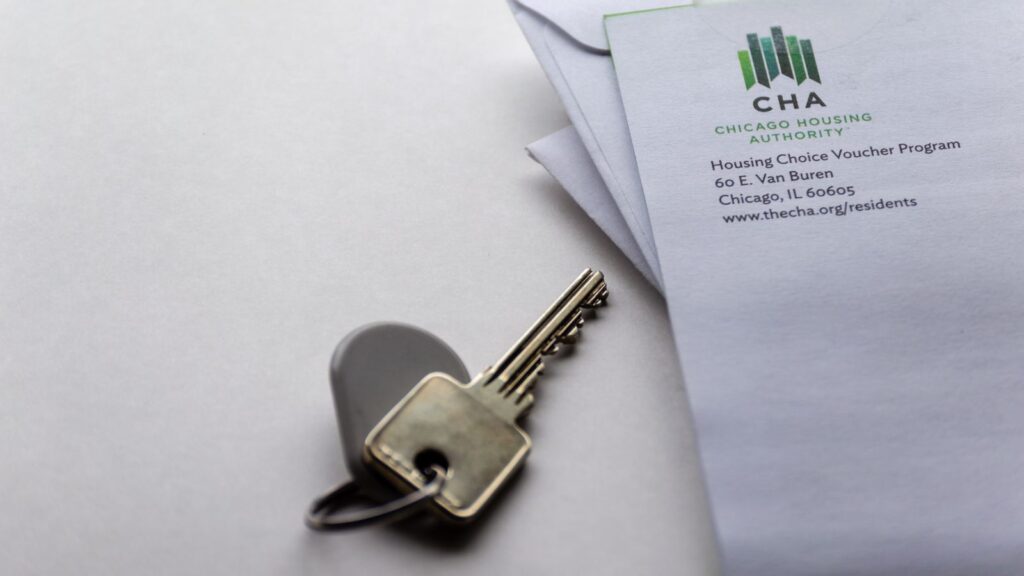
Housing Choice Vouchers, commonly known as Section 8, help low-income families afford safe and decent housing in the private market. The vouchers cover a portion of rent based on income. This allows people to find a home they can use as a base for life, building around for the long term.
Childcare Expenses

The Child Care and Development Fund (CCDF) assists low-income families in affording childcare while working or attending school. This can significantly reduce childcare expenses and allow people to earn a living simultaneously, boosting their chances of changing their financial circumstances.
Transportation Costs

Some states offer transportation assistance programs for low-income individuals, covering car repairs, public transportation, and even vehicle registration costs. This takes an enormous weight off people’s shoulders as traveling to work or bringing children to school is a necessity that can be expensive without the right help.
Legal Aid

Legal issues can be overwhelming, especially without the funds to hire a lawyer. Legal aid organizations offer free legal services to low-income individuals facing civil issues like eviction, domestic violence, and more. It ensures that everyone has a fair fight regarding legal matters, which can be a difference-maker for many.
Prescription Drugs

Programs like the Partnership for Prescription Assistance (PPA) can help you get your medications for free or at a reduced cost. Considering the rising cost of prescription drugs, it is important for many to be able to afford them and get the help needed.
School

Through the National School Lunch Program (NSLP), children from low-income families can receive free or reduced-price meals at school. This ensures that kids get nutritious meals even if household budgets are tight, which has been proven to be beneficial to their learning.
Unemployment Insurance

If you’ve lost your job, unemployment insurance can provide temporary financial assistance while you search for new employment. Each state administers its program, so people must find out what’s available to them in a specific area.
Tax Relief
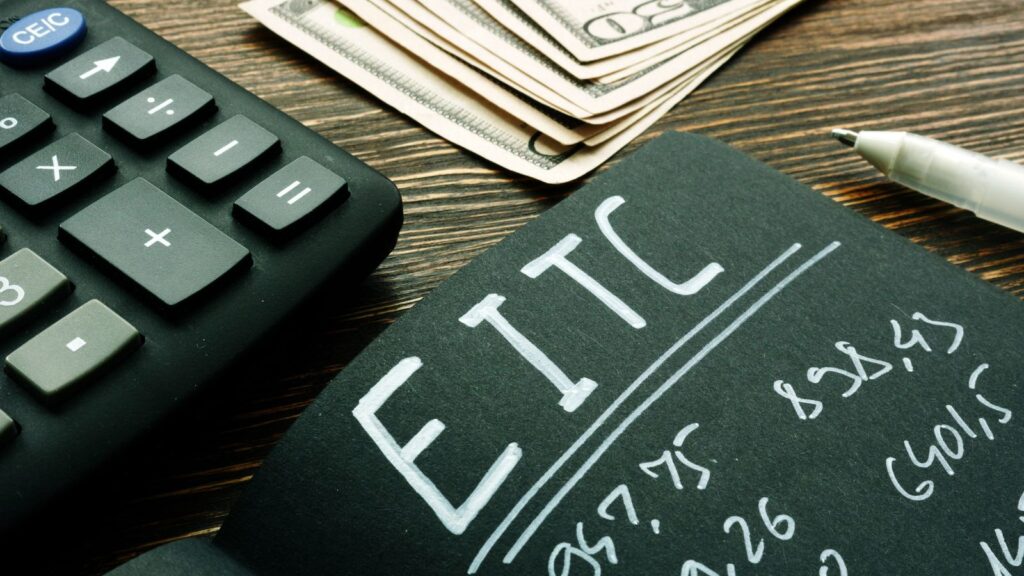
The Earned Income Tax Credit (EITC) can provide significant tax relief for low- to moderate-income working individuals and families. This credit can reduce the amount of tax you owe and might even result in a refund, providing some extra cash, which can be helpful to those in difficult times.
Dental Care
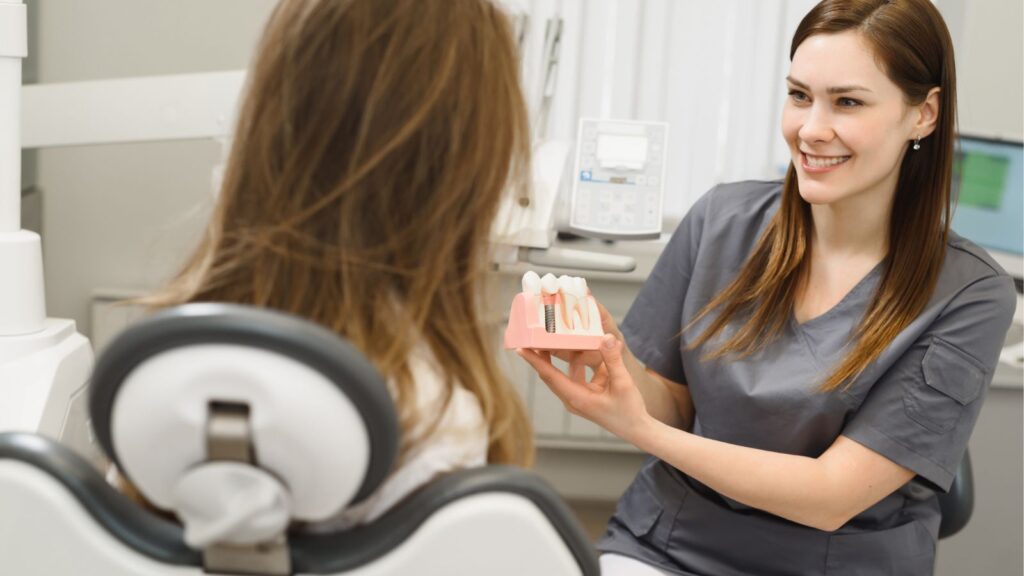
Community health centers and dental schools often provide needy people with low-cost or free dental services. This can be helpful due to the high costs of dental care, even though this is an area of the body that is used daily.
Mental Health Services

Community mental health centers offer free or low-cost mental health services. Many of these centers offer sliding-scale fees based on income. Mental health is important, and considering the growing focus and attention on this area, services that are financially available to everyone will likely keep growing.
Vision Care
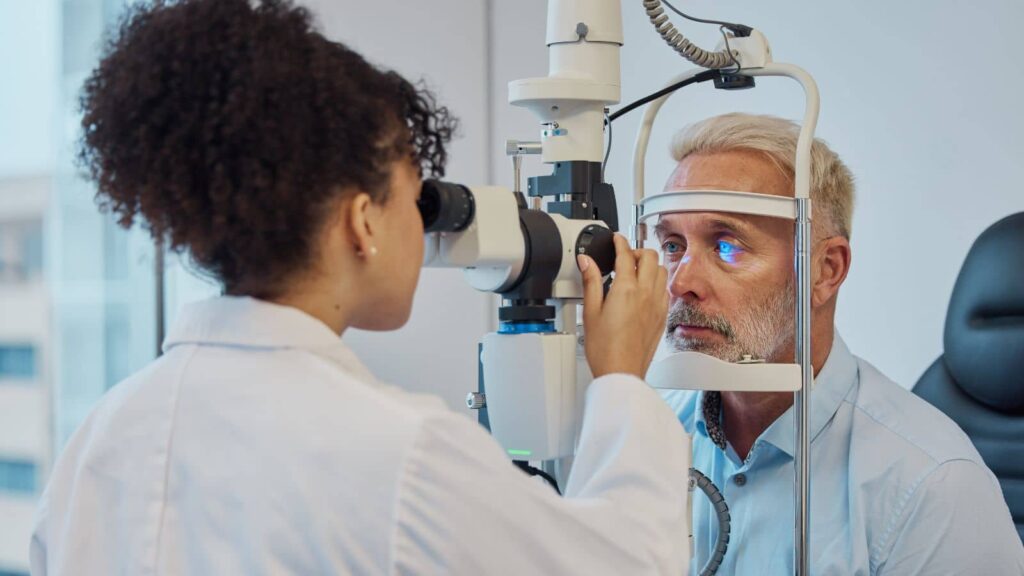
EyeCare America, a public service program of the American Academy of Ophthalmology, provides free eye exams and up to one year of care for any disease diagnosed during the initial exam for those who qualify.
Veterans’ Benefits
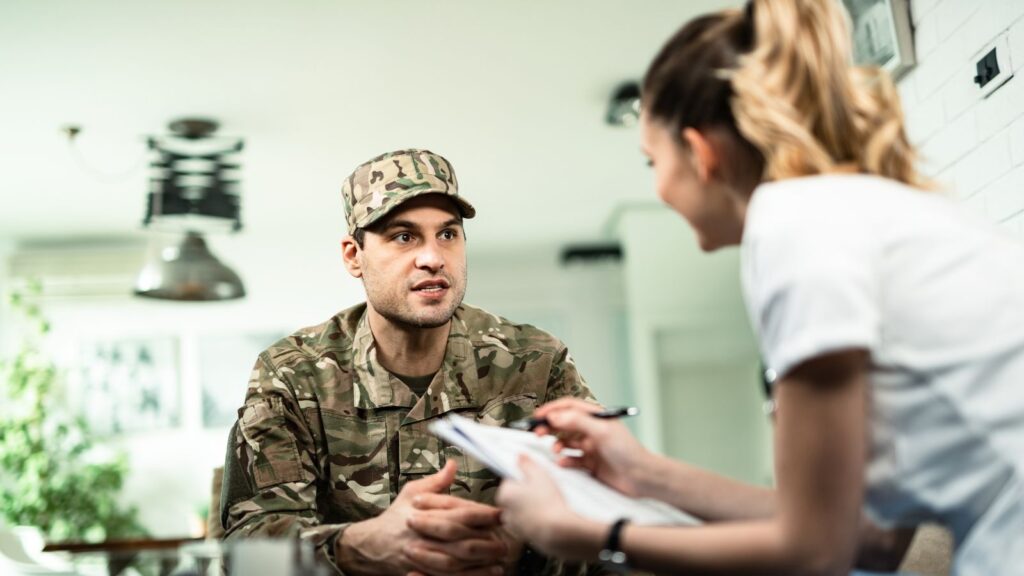
Veterans and their families can access various benefits, including healthcare, education, and housing assistance. It ensures that those who served their country aren’t allowed to fall on hard times, giving them access to financial help that they’ve earned throughout their lives.
19 Grim Realities of Dating After 50 That Are Often Overlooked

19 Grim Realities of Dating After 50 That Are Often Overlooked
26 Things That Will Be Extinct Because Millennials Refuse to Buy Them

26 Things That Will Be Extinct Because Millennials Refuse to Buy Them
24 Outdated Slang Terms You Absolutely Shouldn’t Be Using Anymore

24 Outdated Slang Terms You Absolutely Shouldn’t Be Using Anymore
25 Hardest Parts About Getting Older That No One Ever Talks About

25 Hardest Parts About Getting Older That No One Ever Talks About

